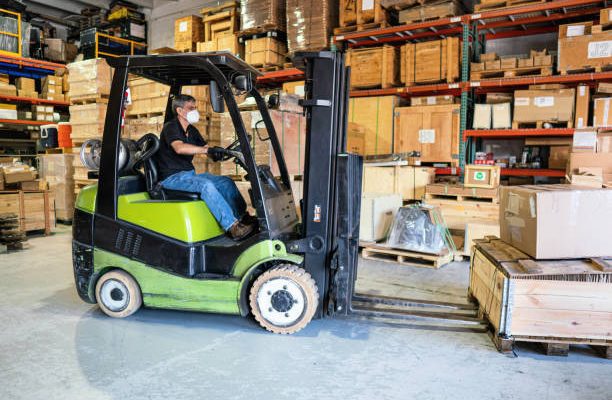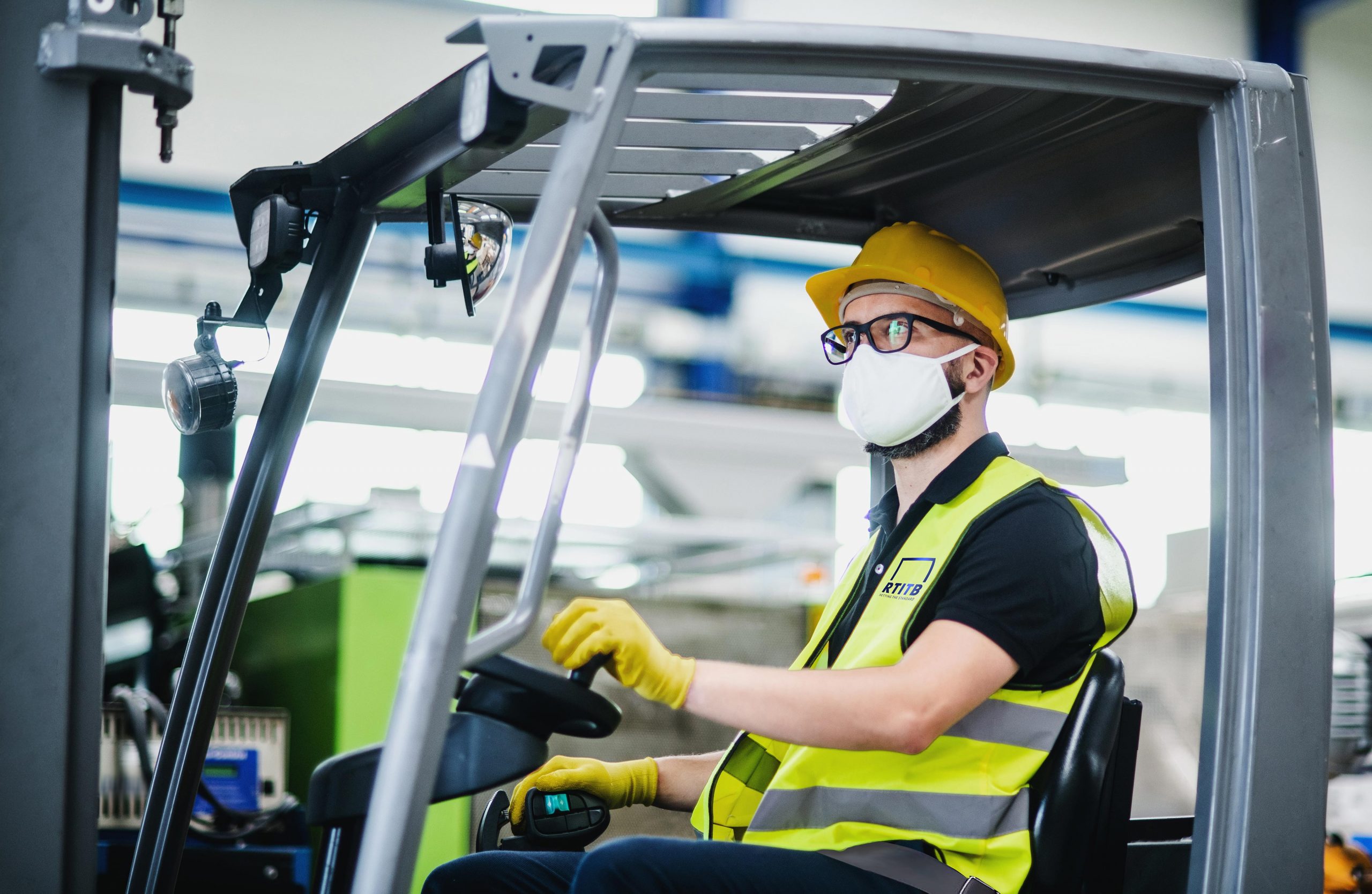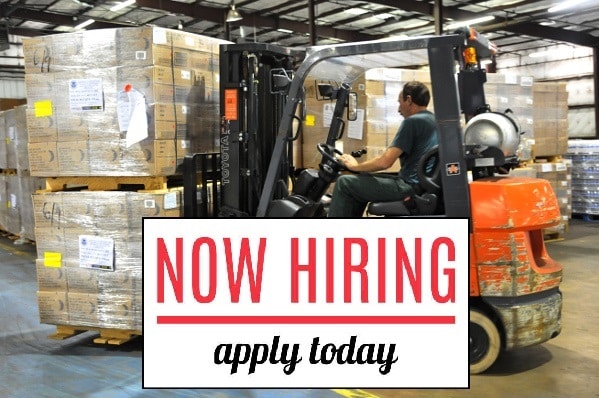

#Forklift driver drivers#
Often, forklift drivers are guided into the bay by guide rails on the floor and the pallet is placed on cantilevered arms or rails. In the case of Drive-In/Drive-Thru Racking, a forklift needs to travel inside a storage bay that is multiple pallet positions deep to place or retrieve a pallet. It is considered imperative that these structures be designed to accommodate their efficient and safe movement. A forklift should not be used as a personnel lift without the fitting of specific safety equipment, such as a "cherry picker" or "cage".įorklifts are a critical element of warehouses and distribution centers. A loading plate for loading reference is usually located on the forklift. The forklift is designed with a load limit for the forks which is decreased with fork elevation and undercutting of the load (i.e., when a load does not butt against the fork "L"). A forklift must never negotiate a turn at speed with a raised load, where centrifugal and gravitational forces may combine to cause a tip-over accident. The forklift and load must be considered a unit with a continually varying center of gravity with every movement of the load. While steering, as there is no caster action, it is unnecessary to apply steering force to maintain a constant rate of turn.Īnother critical characteristic of the forklift is its instability. While this increases maneuverability in tight cornering situations, it differs from a driver’s traditional experience with other wheeled vehicles. In many jurisdictions, it is illegal to alter or remove the nameplate without the permission of the forklift manufacturer.Īn important aspect of forklift operation is that it must have rear-wheel steering. This information is located on a nameplate provided by the manufacturer, and loads must not exceed these specifications.


General operations įorklifts are rated for loads at a specified maximum weight and a specified forward center of gravity. The introduction of AC power forklifts, along with fuel cell technology, are also refinements in continuing forklift development. During the 1990s, exhaust emissions from forklift operations began to be addressed which led to emission standards being implemented for forklift manufacturers in various countries. In the late 1980s, ergonomic design began to be incorporated in new forklift designs to improve operator comfort, reduce injuries and increase productivity. Safety features such as load backrests and operator cages, called overhead guards, began to be added to forklifts produced in this era. During the 1950s and 1960s, operator safety became a concern due to the increasing lifting heights and capacities.

The development changed the design of warehouses leading to narrower aisles and higher load-stacking that increased storage capability. For example, in 1954, a British company named Lansing Bagnall, now part of KION Group, developed what was claimed to be the first narrow-aisle electric-reach truck. Warehouses needed more maneuverable forklift trucks that could reach greater heights and new forklift models were made that filled this need. Following the war, more efficient methods for storing products in warehouses were being implemented. The start of World War II, like World War I before, spurred the use of forklift trucks in the war effort. The introduction of hydraulic power and the development of the first electric power forklifts, along with the use of standardized pallets in the late 1930s, helped to increase the popularity of forklift trucks. Continuing development and expanded use of the forklift continued through the 1920s and 1930s. In 1919, the Towmotor Company, and Yale & Towne Manufacturing in 1920, entered the lift truck market in the United States. In 1917, Clark in the United States began developing and using powered tractor and powered lift tractors in their factories. This was in part due to the labor shortages caused by the war. World War I saw the development of different types of material-handling equipment in the United Kingdom by Ransomes, Sims & Jefferies of Ipswich. In 1906, the Pennsylvania Railroad introduced battery-powered platform trucks for moving luggage at their Altoona, Pennsylvania, train station. The forerunners of the modern forklift were manually-powered hoists that were used to lift loads. The middle nineteenth century through the early 20th century saw the developments that led to today's modern forklifts. 7.4 Forklift training in the United KingdomĪ forklift truck being used during World War II.7.3 Forklift training in the United States.6 Lift truck associations and organizations.3.10.1 Articulated counterbalance trucks.3.8 Guided very-narrow-aisle order picking truck.


 0 kommentar(er)
0 kommentar(er)
